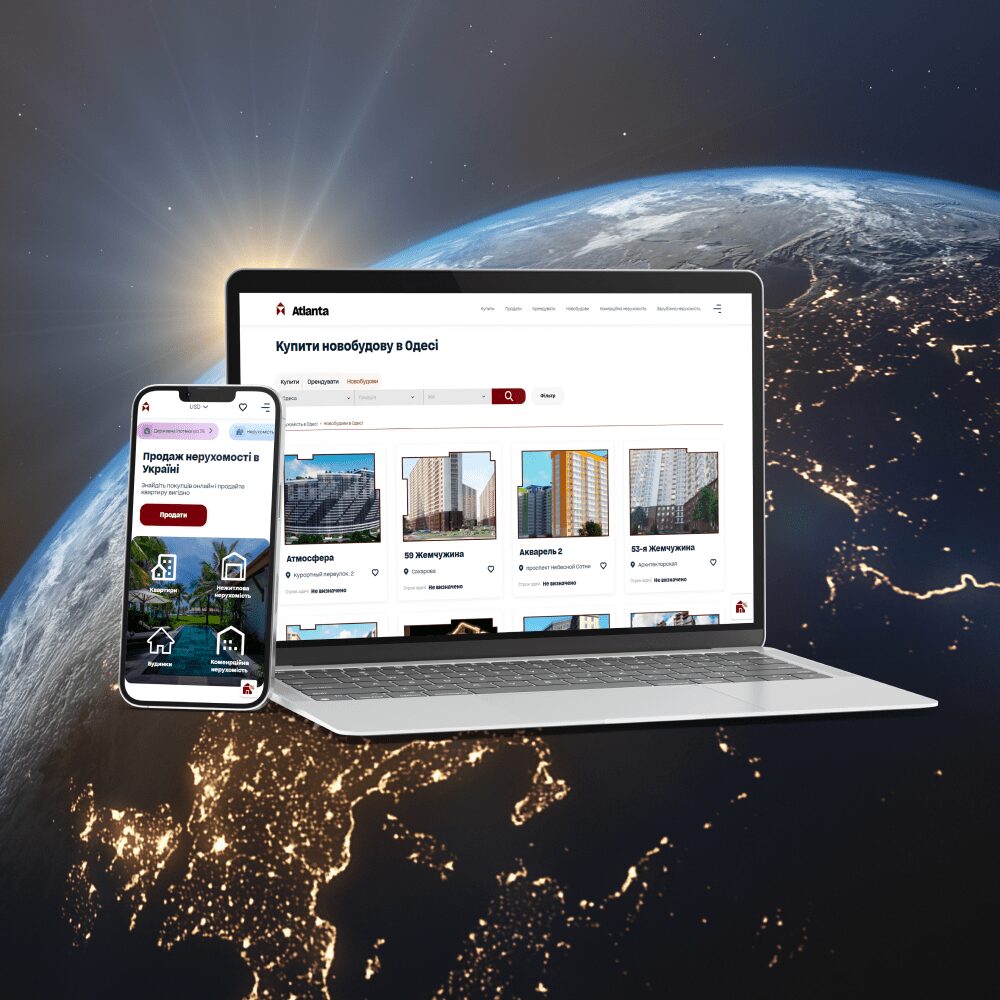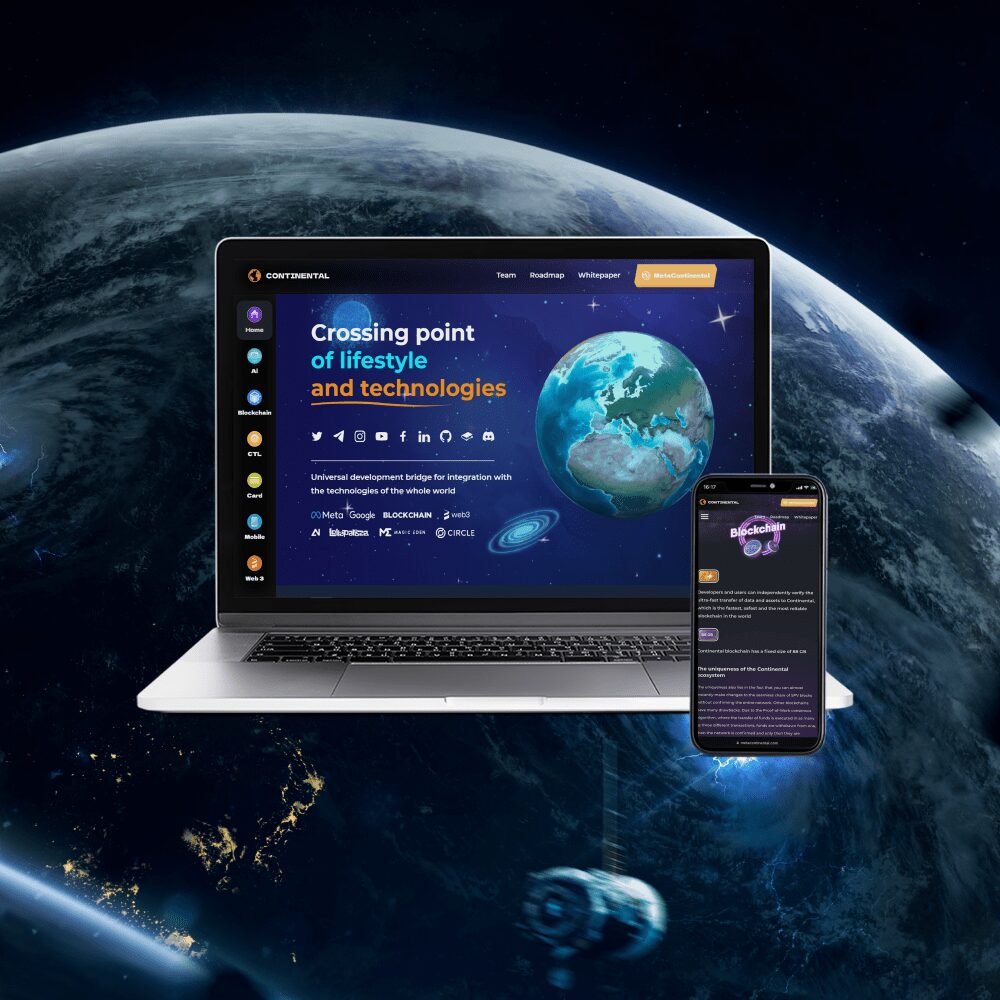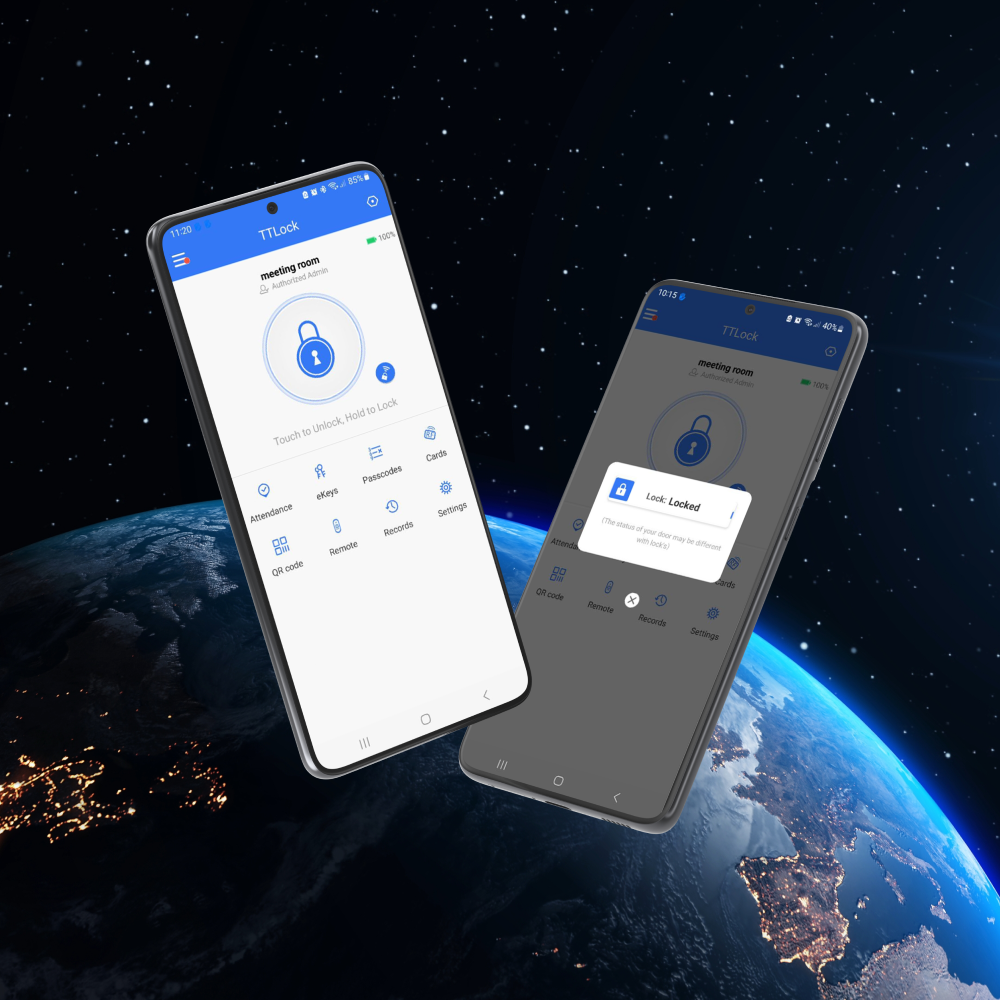Development of grain terminal management systems
Development of grain terminal management systems
Transport and logisticDevelopment of grain terminal management systems Transport and logistic
Intelligent terminal and elevator management systems help make the grain handling business safer and more cost-effective by minimizing human labor, improving storage conditions and speed of product transportation.
The introduction of such software and hardware systems helps to solve a number of urgent problems:
- Inventory Management. Special sensors placed in grain storages monitor the level of their filling in real time, after which the information is analyzed by the system and provided to the operator in a convenient schematic format.
- Grain intake control. Upon receipt at the warehouse, an automated system analyzes the quality of grain by taking samples, determines the moisture content and weight. After that, the operator only has to choose a free storage where the products will be sent.
- Storage. The automated system can be equipped with modules for adjusting the grain conditioning system, ensuring optimal storage conditions are always maintained.
In addition, the operator will be instantly alerted to unusual temperature rises in specific storage areas that may indicate product deterioration, allowing timely decisions to be made about its movement.
- Processing of grain products. The grain processing module allows you to organize interaction with several dryers, automatically direct raw materials to the right area and efficiently configure equipment to achieve perfect mixing. At the same time, all processes are managed in a convenient interface, which practically eliminates errors caused by the human factor.
- Equipment service. The intelligent control system monitors all equipment that is used on the territory of the company and informs about the occurrence of emergencies or the need for scheduled maintenance of individual pieces of equipment.
An automated grain terminal management system can be equipped with any necessary tools to ensure the efficient operation of your business. At the same time, all models work on one centralized server, thanks to which they can interact as a single mechanism.

What technologies are used to develop grain terminal management systems
TechnologiesWhat technologies are used to develop grain terminal management systems Technologies
The choice of technology stack when developing grain terminal management systems affects system performance, security, scalability, and many other factors. However, first of all, when choosing technologies, specialists are guided by the platform and operating system for which the product is being developed.
There are three main options here:
- Mobile app
It is installed on any device running on IOS or Android operating systems and is highly mobile, since the operator is not tied to a specific workplace and can perform his duties from anywhere where there is a network connection. Native technologies can be used to develop such solutions: for Android, these are Java and Kotlin programming languages, and for IOS, Objective-C and Swift. In addition, there are cross-platform tools that allow you to create applications that work on both operating systems, such as the Flutter framework and the Dart language.
- Desktop applications
Work on a PC or laptop as a standalone application. For their development, the Python or PHP languages are often used, and, accordingly, their frameworks: Django/Flask or Yii2/Laravel.
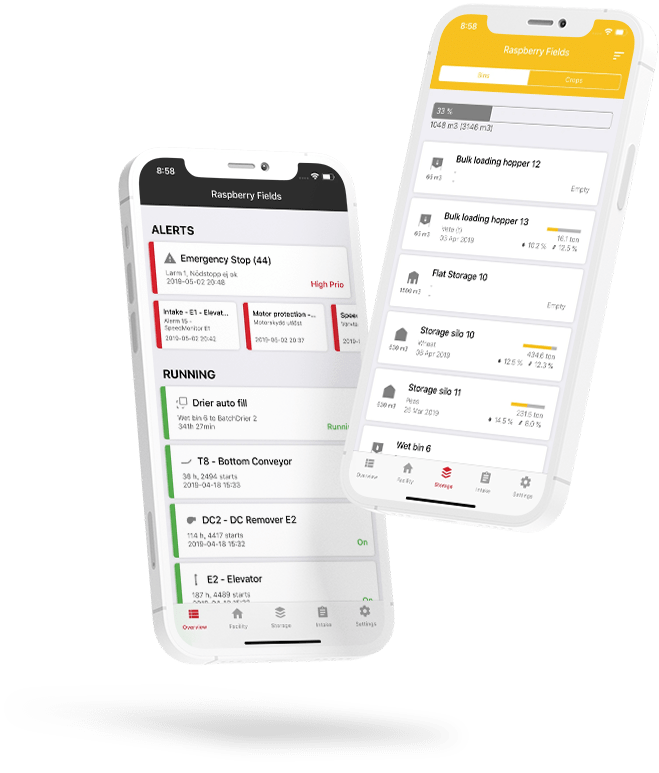
- Web applications
Such solutions work in a browser, so they can run on any device or operating system, which makes them quite flexible and, at the same time, functional. The front-end part of such projects is created using static HTML, CSS and JavaScript or reactive technologies: Vue.js and React.js. The backend, or server part, is built on one of these languages: PHP and its Yii2 / Laravel frameworks, Python and Django / Flask frameworks, or on the Node.js platform and the JavaScript language.
How is the development process
Development stagesHow is the development process Development stages
Grain terminal management systems are complex software that must take into account not only the rules for the operation and transshipment of grain, but also business processes within the company itself. Therefore, in order for the product to fully meet the requirements of the client, its development is carried out in stages. Let’s consider each stage in more detail.
Stage 1. Gathering information
When starting to develop, specialists, first of all, need to determine the specific goals of the project and the tasks that it will solve. To answer these questions, meetings are held with the client or his representatives, and the existing IT infrastructure in the company is analyzed.
Stage 2. Design and preparation of technical documentation
At this stage, software design is developed and a prototype is created – a schematic visualization of the main parameters and capabilities. Often, it includes:
- mockups of unique interface pages;
- logical navigation system, technical requirements;
- description of all functionality;
- a list of systems and tools that will be connected to it.
After that, the prototype is presented to the client and, if necessary, finalized. The advantage of this approach is that any, even the most global changes in the mocap are implemented quickly enough, which allows you to anticipate and eliminate all possible problems at an early stage with minimal use of resources.
When the mockup is approved, the technical documentation of the project is formed, the optimal technology stack is selected, and an implementation plan is drawn up.
Stage 3. Design development
Professional user interface design helps to make the application simple and easy to use. It increases employee satisfaction during operation and reduces the time it takes for operators to train.
Since grain terminal management systems are developed within the framework of clear business requirements and objectives, their design, in most cases, is created individually. Template options are possible, but due to their limitations, they are not able to provide the desired level of functionality, so this approach is used only in case of strict budget constraints.

Stage 4. Programming
Software development is one of the most time-consuming and lengthy stages of software development. It consists of two stages:
- Frontend development. This is the client side of the application with which the user interacts. It is developed in strict accordance with the previously approved designer layouts and acts as a link between the operator and the server. In simple terms, the task of the frontend is to receive a request from the client, send it to the server and display the resulting processing result. However, if reactive technologies are involved in the production of the front-end, it gets the opportunity to independently process part of the data, which positively affects the performance of the software.
- Backend development. The backend is the server side of the application that receives client requests from the frontend and processes them. It is here that all mathematical calculations, information analysis, interaction with databases and other internal processes that ensure the correct operation of the system are carried out.
At this stage, developers design the architecture of the code, form the logic of the functionality and ensure the interaction of the application with external services, for example, with temperature sensors in grain storages.
Stage 5. Testing
Before putting the product into operation, you need to make sure that all its modules work properly and in accordance with the requirements of the client. To do this, QA engineers are connected to the project and perform several levels of testing:
- integration;
- functional;
- acceptance.
If a problem is found at any stage, the specialist makes a detailed bug report and transfers the project to the responsible developer, and after the error is fixed, it retests.
Stage 6. Technical support and development
Despite all the thoroughness of testing, it is impossible to completely cover the product with tests. Therefore, after commissioning, users may still encounter various unforeseen errors for the first time.
To eliminate them, developers are again involved in the project. Such work is carried out within the framework of technical support.
The development of the project involves further improvement of the existing functionality. For example, this may be required due to business expansion or other factors. In this case, the full development cycle is repeated again: developers study new tasks, create a prototype, make adjustments to design layouts if necessary, and implement the necessary functions. After that, the changes are tested on the production server and implemented into the company’s IT infrastructure in the form of a new patch.
Development of grain terminal management systems in AVADA MEDIA
Development of grain terminal management systems in AVADA MEDIA
Intelligent terminal and elevator control systems significantly increase the efficiency of the company, reduce associated costs and minimize the risks associated with storage and processing of products. Investments in the implementation of such a system will be a serious step towards the development and competitiveness of your business.
AVADA MEDIA has extensive experience in developing solutions for automating the operation of terminals. When creating such software, we use only modern and innovative technologies that allow us to implement functionality of any complexity.
Fresh works
We create space projectsFresh works
The best confirmation of our qualifications and professionalism are the stories of the success of our clients and the differences in their business before and after working with us.
Our clients
What they say about usOur clients What they say about us
Successful projects are created only by the team
Our teamSuccessful projects
are created only by the team Our team





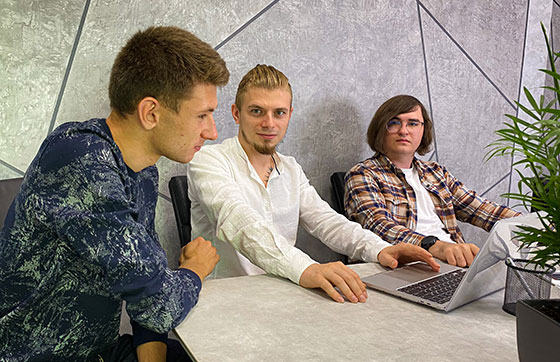






Contact the experts
Have a question?Contact the experts Have a question?
-
Phone:+ 38 (097) 036 29 32
-
E-mail:info@avada-media.com.ua


